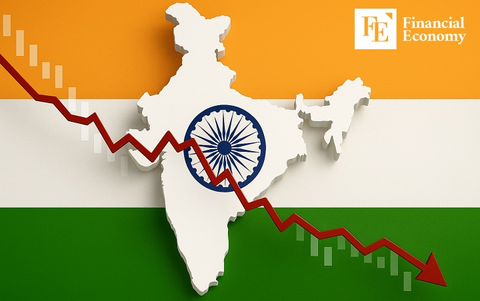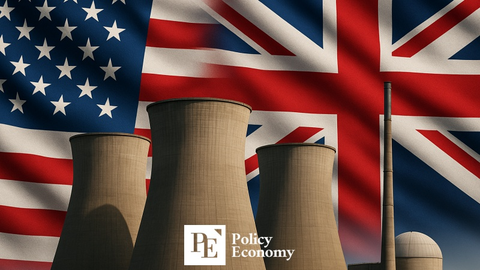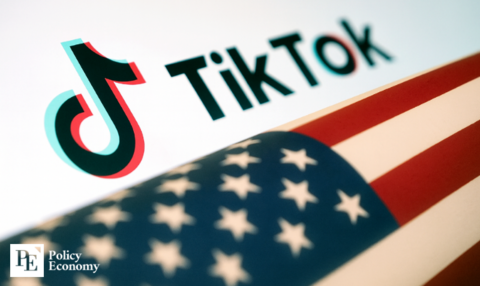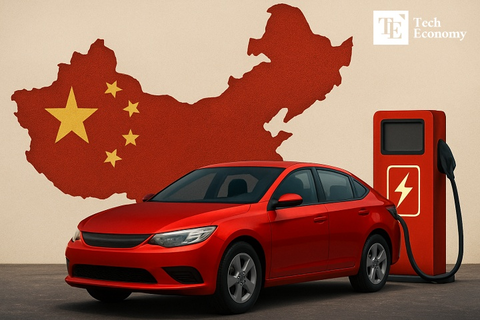U.S.-South Korea Trade Talks Stall Over $400 Billion Investment Demand, Pressure Shifts from Government to Corporations
Input
Modified
Budget Constraints Hamper Negotiations Coordinated Response from Government and Industry Mounting Pressure on Corporations Sparks Accusations of Coerced Relocation
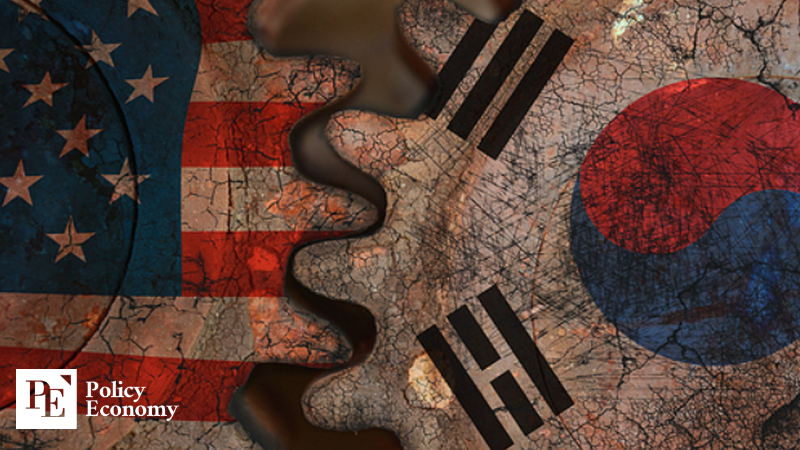
U.S. demands for a massive $400 billion investment from South Korea have stalled high-level trade negotiations between the two countries. Facing limited fiscal capacity, the South Korean government has avoided giving a direct response and is instead coordinating with major corporations, focusing on private-sector-driven solutions rather than formal state action. As Korean companies face mounting pressure to expand investment in the U.S., supply chain realignment is accelerating, with production bases increasingly relocating overseas.
Japan, the EU—Now It's Korea in the Crosshairs
According to diplomatic sources on the 27th, a series of high-level bilateral trade talks have recently been canceled, throwing the negotiations into a stalemate. A “2+2” economic ministerial meeting scheduled for the 25th was called off due to U.S. Treasury Secretary Scott Bessent’s unexpected scheduling conflict. Prior to that, on the 21st, South Korea’s National Security Advisor Seung-Rak Wi traveled to the White House only to turn back, as a scheduled meeting with U.S. Secretary of State Marco Rubio was scrapped after President Donald Trump urgently summoned him.
Within diplomatic circles, these cancellations are widely viewed as part of a pressure campaign by Washington. Troy Stangarone, a senior fellow at the Carnegie Mellon Strategic Technology Institute, noted, “The unilateral cancellation of meetings by the U.S. clearly reflects an intent to shorten the negotiating timeline and put pressure on Korea,” adding, “As more countries successfully finalize deals with Washington, Korea’s leverage at the negotiating table inevitably shrinks.”
Indeed, the pressure from Washington is intensifying. Current U.S. demands include $400 billion in investment, increased energy imports, and regulatory rollbacks for American digital service companies. These terms far exceed Korea’s initial proposal, which consisted of $100 billion in corporate investments along with easing of beef and rice import restrictions. The size and conditions of potential investments, as well as industry-specific cooperation in sectors like semiconductors and defense, have now emerged as central issues in the negotiations.
Although the U.S. demand falls short of the levels promised by Japan and the European Union in earlier negotiations, it remains an enormous sum. The EU had previously agreed to lower a 30% tariff to 15% by pledging to purchase $750 billion worth of U.S. energy and military equipment and committing an additional $600 billion in U.S. investments beyond existing ones.
Japan, too, promised $550 billion in investments, the purchase of 100 Boeing aircraft, and participation in a joint U.S.-Japan venture to build a liquefied natural gas (LNG) pipeline in Alaska—securing a reduction in tariffs from 25% to 15%. Notably, Japan’s investment figure was unilaterally increased from $400 billion to $550 billion by President Trump during the final phase of negotiations. This precedent has led to speculation that Korea may face similar last-minute pressure.
Strategy to Encourage Private-Sector Investment
Rather than respond immediately to Washington’s demands, the South Korean government has opted to buy time and prepare countermeasures. Officials are reportedly considering establishing funds modeled on domestic strategic programs, such as the Supply Chain Fund or the Advanced Industries Strategy Fund. These would involve the Export-Import Bank of Korea and the Korea Development Bank handling loans and investments, with guarantees provided by the Korea Trade Insurance Corporation. However, given current legal limitations preventing these institutions from directly investing in foreign governments or companies, the fund’s targets are expected to be restricted to “U.S.-Korea manufacturing cooperation projects.”
Meanwhile, the government continues engaging with major business groups, recognizing that public financing alone may fall short of U.S. expectations. In recent weeks, President Jae-Myung Lee met with Hyundai Motor Group Chairman Euisun Chung and LG Group Chairman Kwang-Mo Koo. Last week, he also met with SK Group Chairman Tae-Won Chey and Hanwha Vice Chairman Dong-Kwan Kim. On July 24, he held a dinner meeting with Samsung Electronics Chairman Jae-Yong Lee.
These companies have already announced substantial investment plans in the United States, but the government’s appeals could lead to further commitments. Hyundai revealed a $21 billion investment plan during a meeting with President Trump in March. Samsung Electronics and SK Hynix have pledged $37 billion and $2.87 billion, respectively.
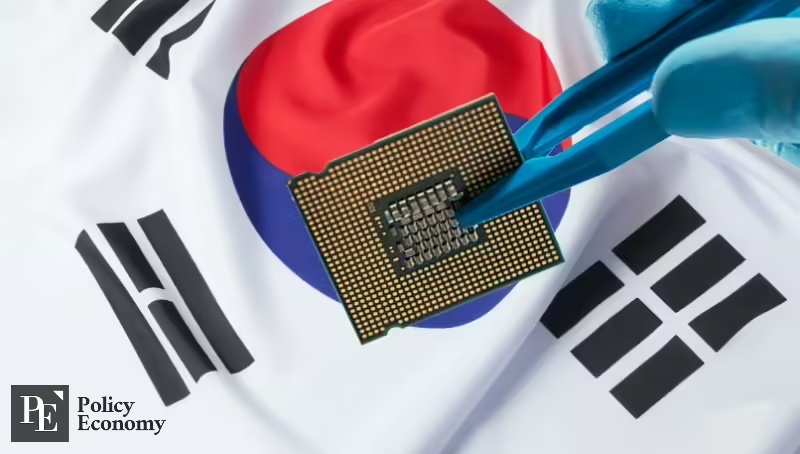
Corporate Pressure Intensifies, Stirring Concerns Over Forced Relocation
As U.S. investment demands shift from governments to corporations, some analysts predict an accelerated migration of Korean firms to the U.S. With clear limits on public funding, large-scale corporate investment is emerging as the most realistic response. The pressure tactic aligns with President Trump’s typical approach to addressing trade imbalances—demanding hefty investments upfront while using tariff reductions as leverage throughout the negotiation process. After Japan and the EU, Korea is now in Washington’s crosshairs.
Industries involving high value-added products face especially intense pressure to relocate to the U.S. Thanks to federal subsidies, local production has already become more attractive in sectors such as semiconductors, electric vehicles, and batteries. Although these corporate decisions may appear voluntary, they are increasingly viewed as coerced. The more directly a product targets the U.S. consumer market, the stronger the incentive to produce locally and avoid trade barriers and political risks.
Conversely, low-cost, labor-intensive goods are more likely to shift to Southeast Asia. Countries like Vietnam and Indonesia offer lower labor costs and solid manufacturing infrastructure, prompting companies in textiles, electronics, and toys to move production there. This trend suggests a bifurcated global strategy: premium products for the U.S. market will be produced locally, while mass-market goods will be manufactured in Southeast Asia.
While such realignment may temporarily ease tensions between the U.S. and South Korea, experts warn it could weaken Korea’s industrial ecosystem in the long run. Concerns include job losses, technology outflow, and an uneven playing field in tax incentives. As Trump’s economic nationalism deepens, new barriers against foreign companies operating in the U.S. may arise. Since Washington’s demands go beyond simple investment to resemble political bargaining, both the Korean government and its businesses now face the urgent task of recalibrating their long-term survival strategies.



